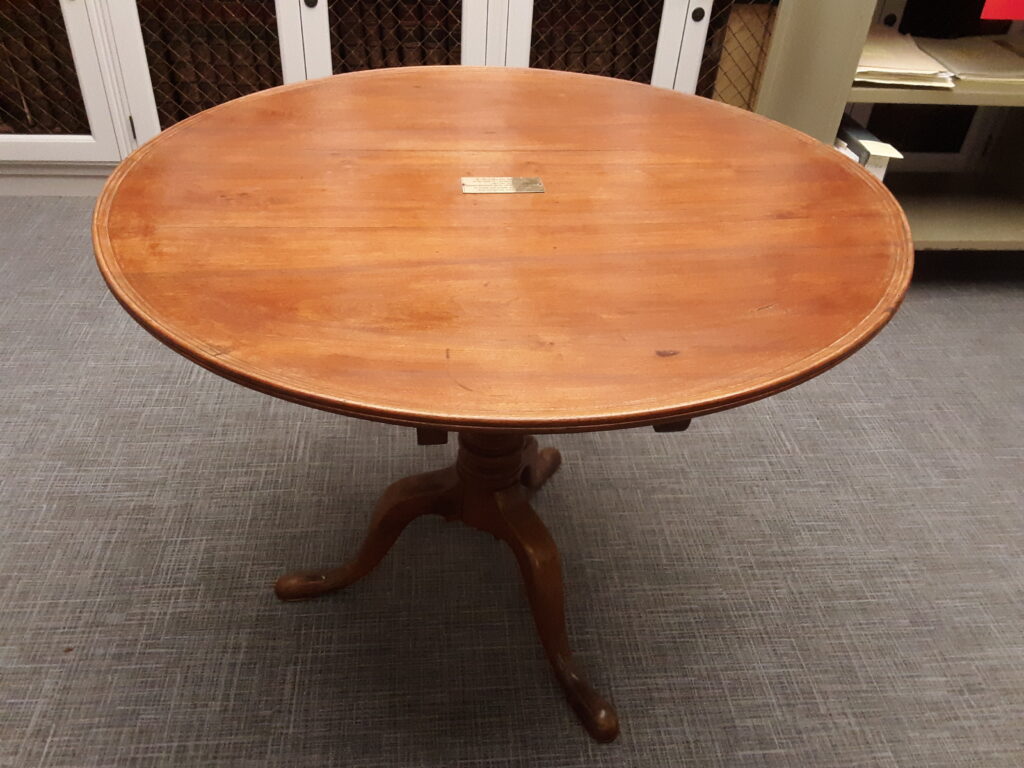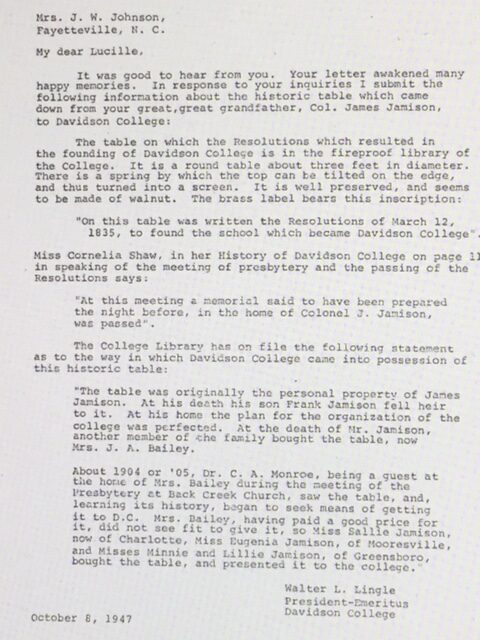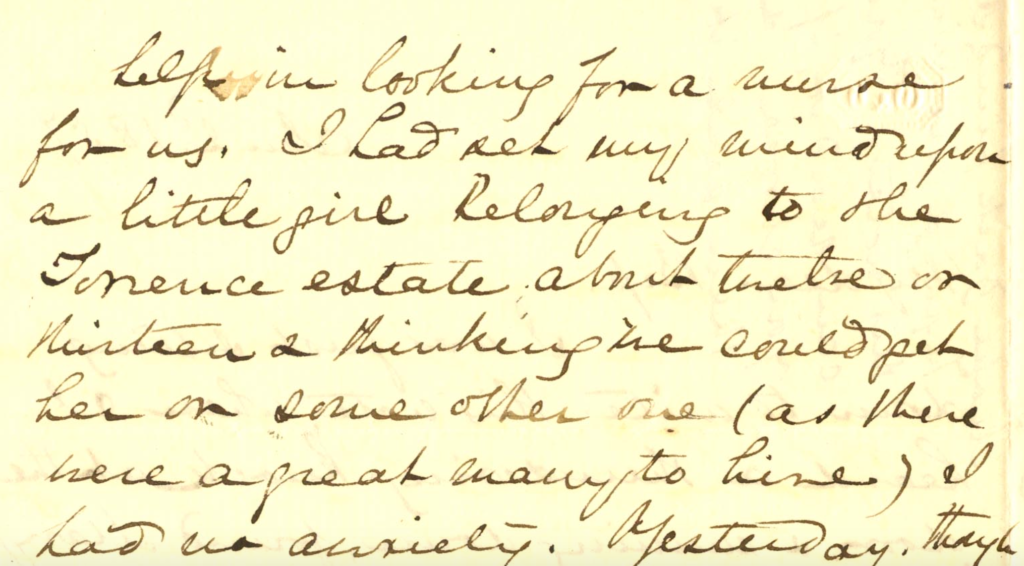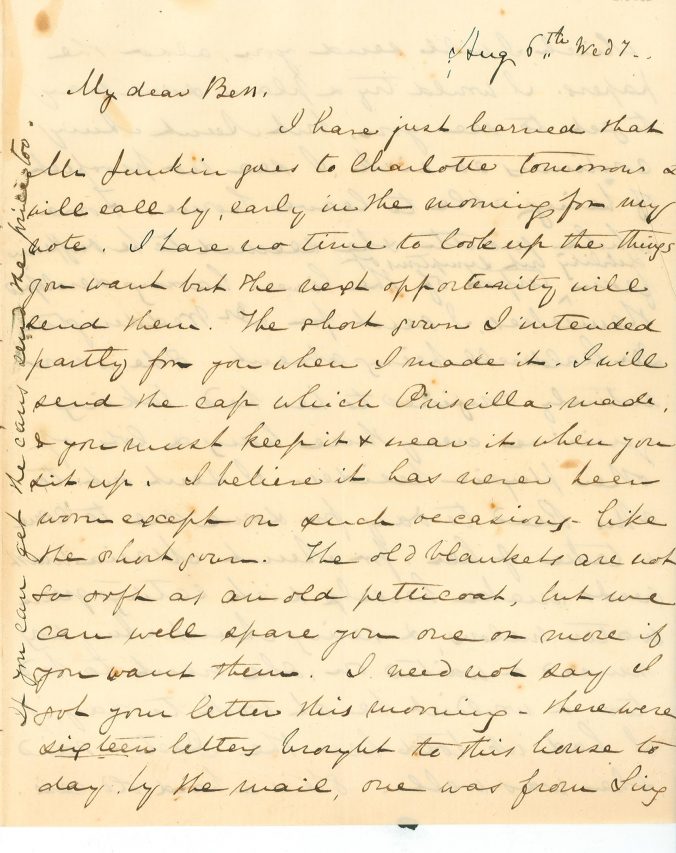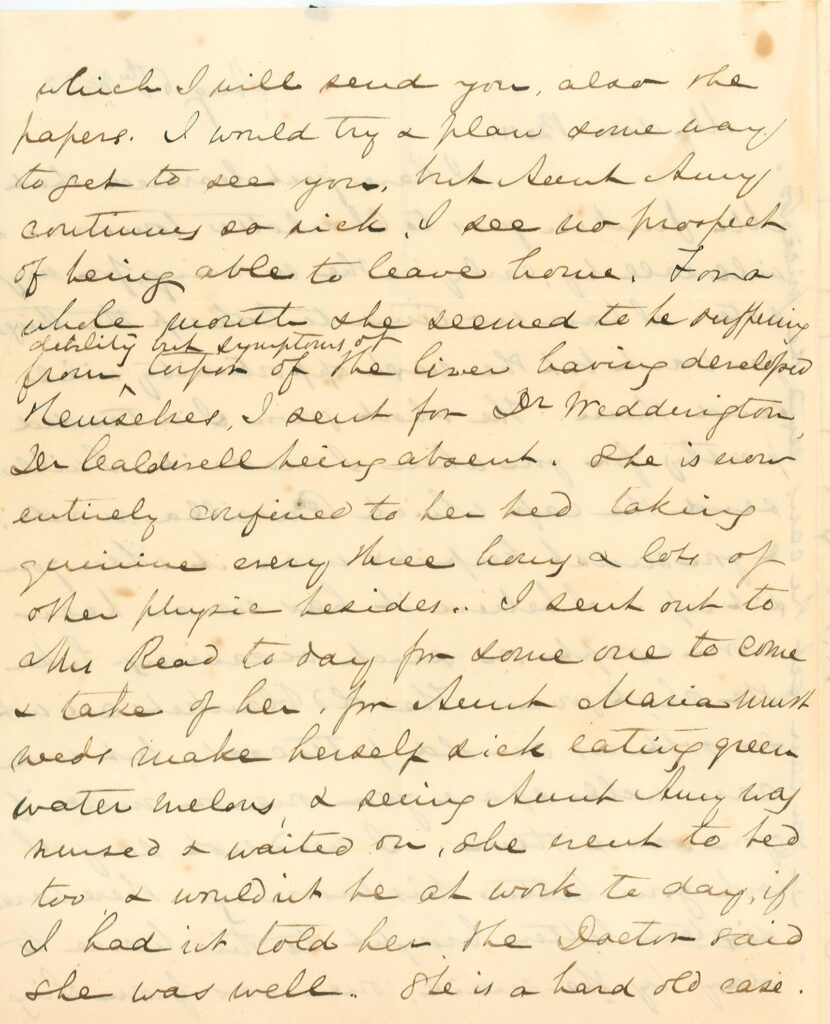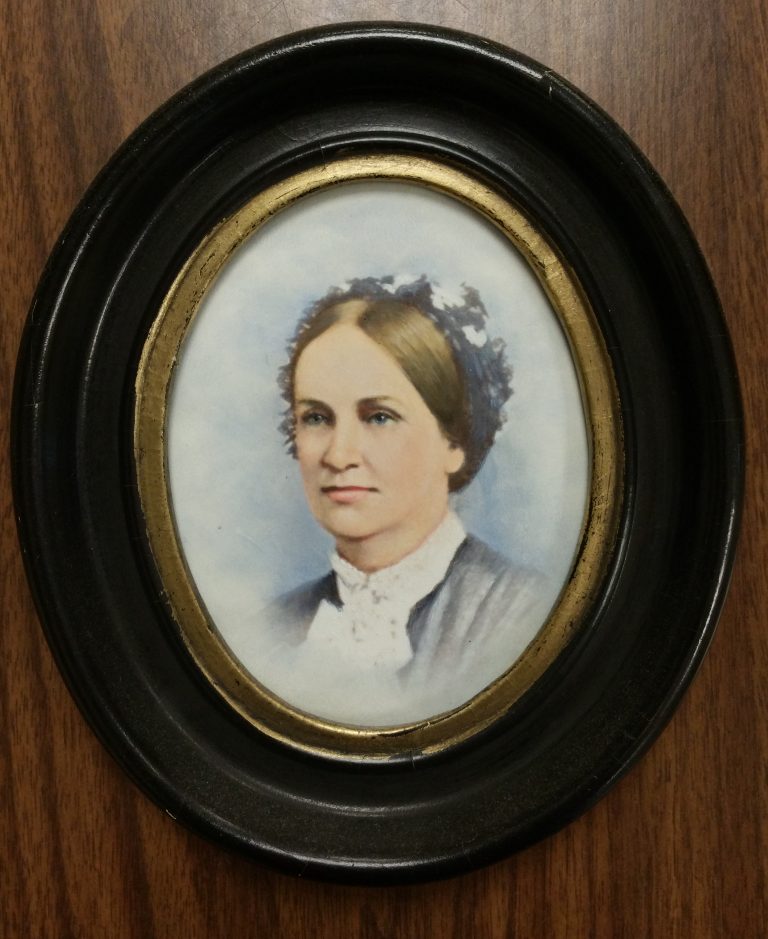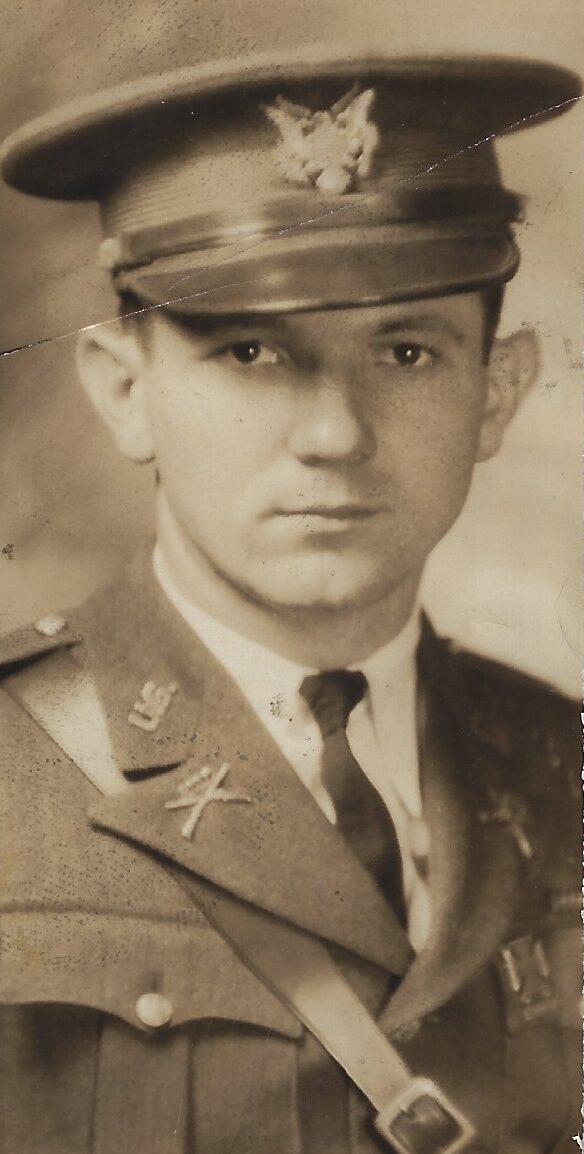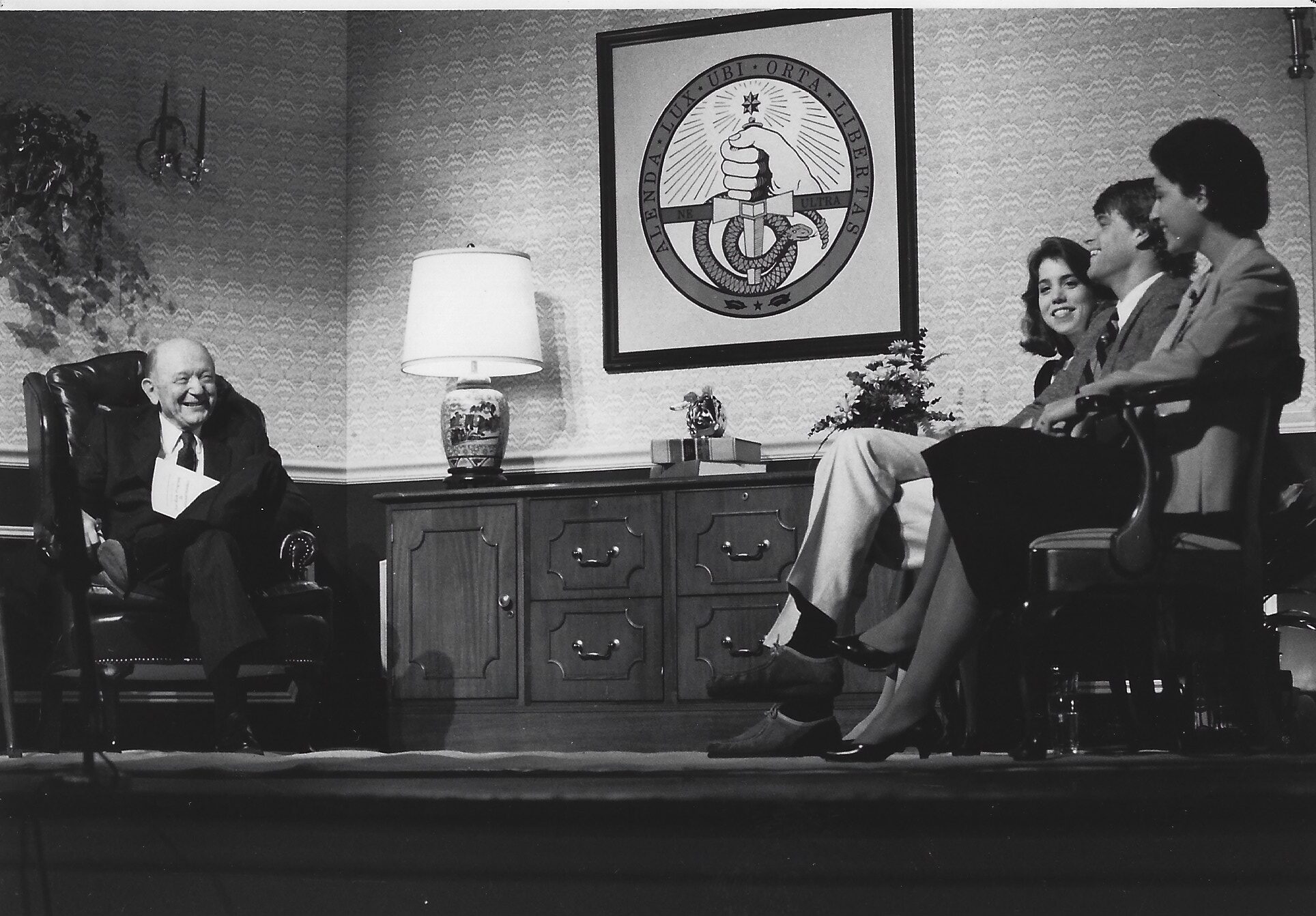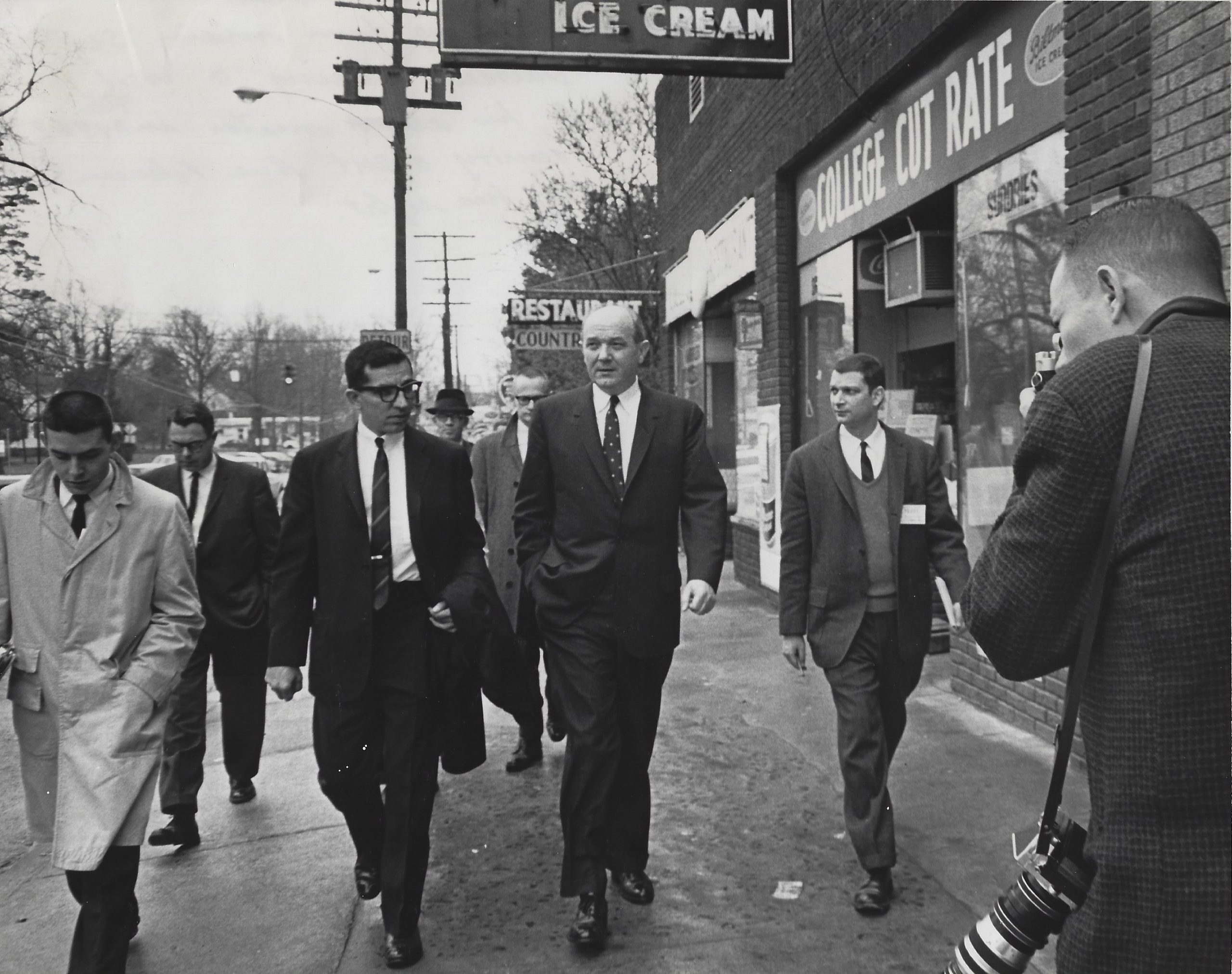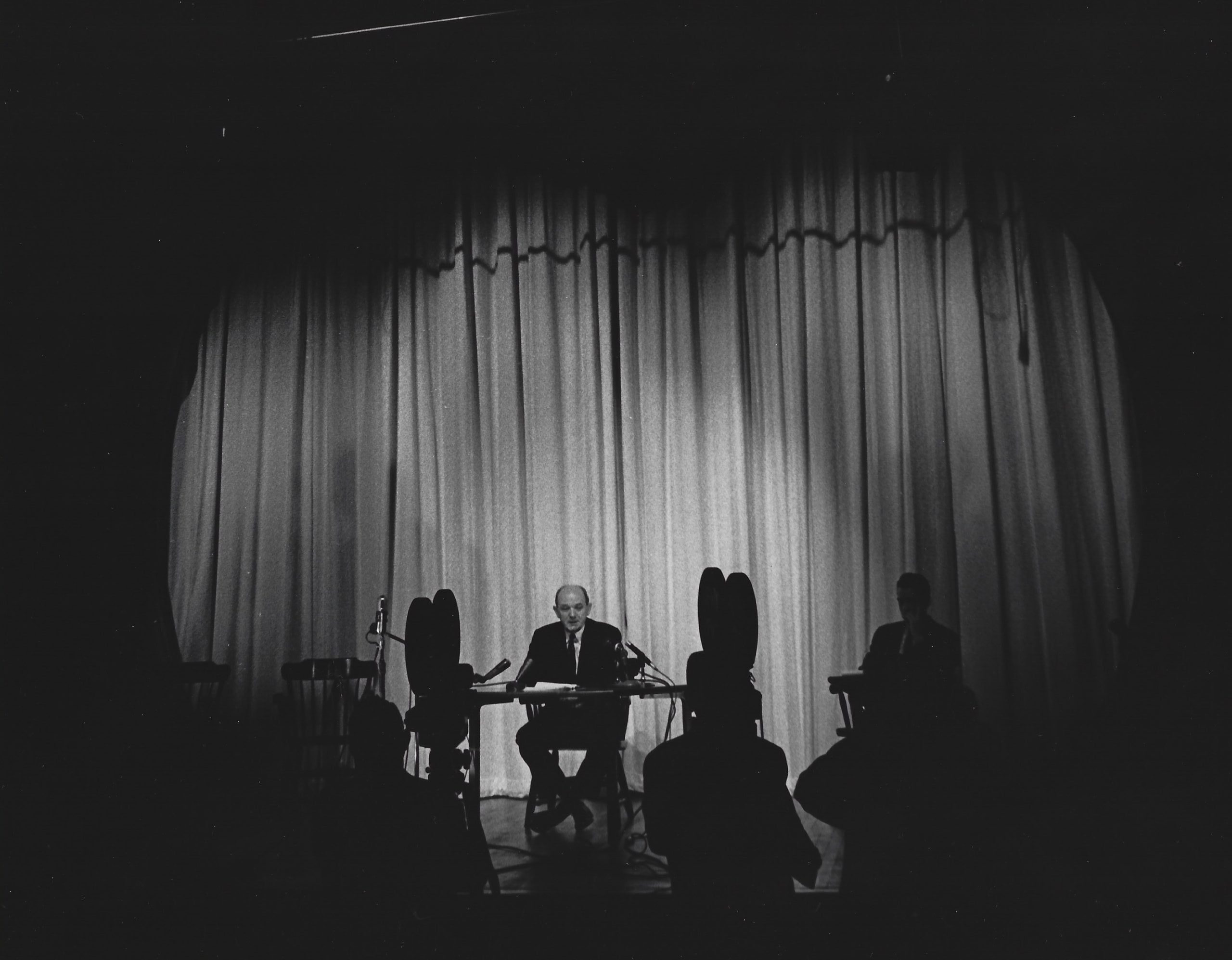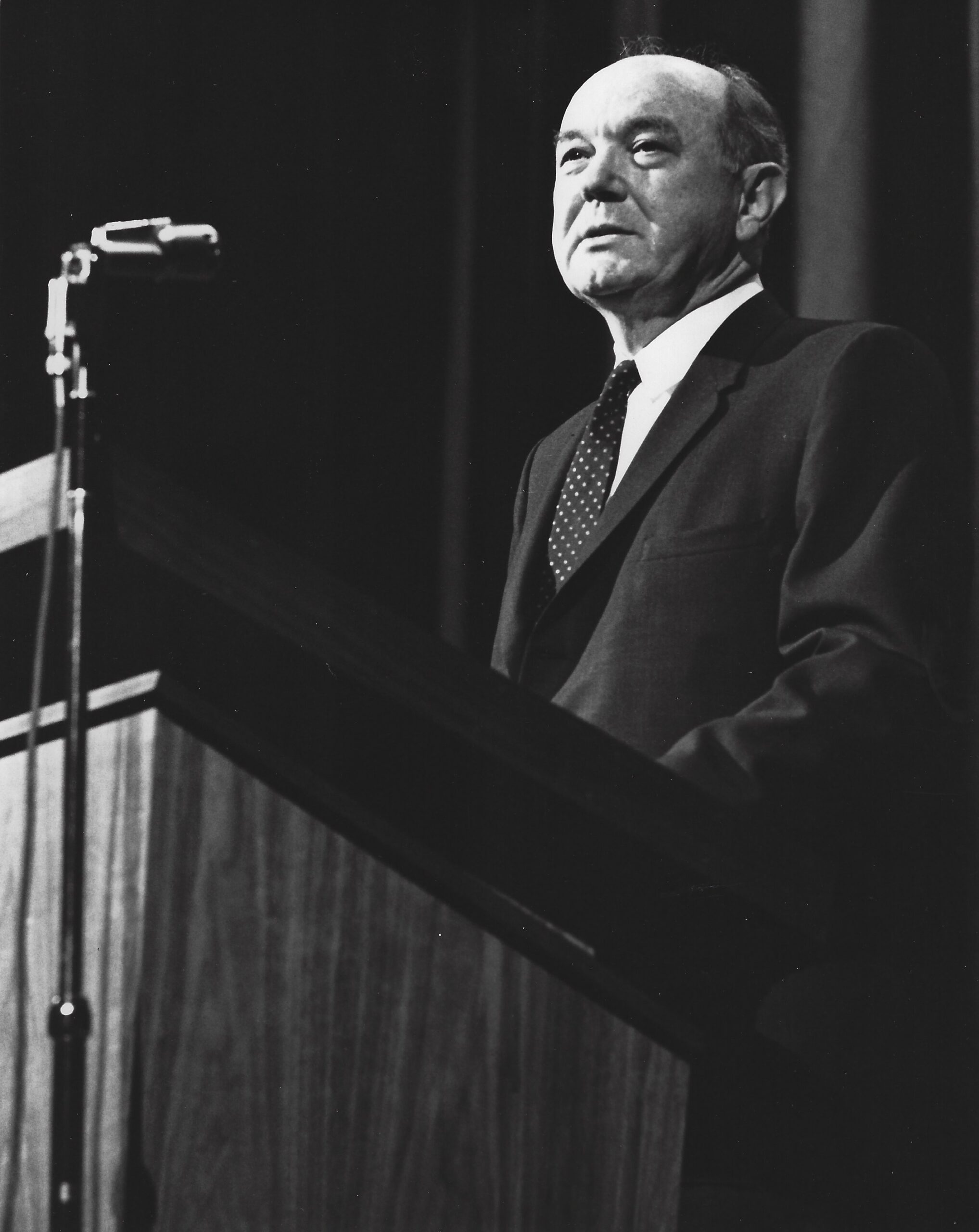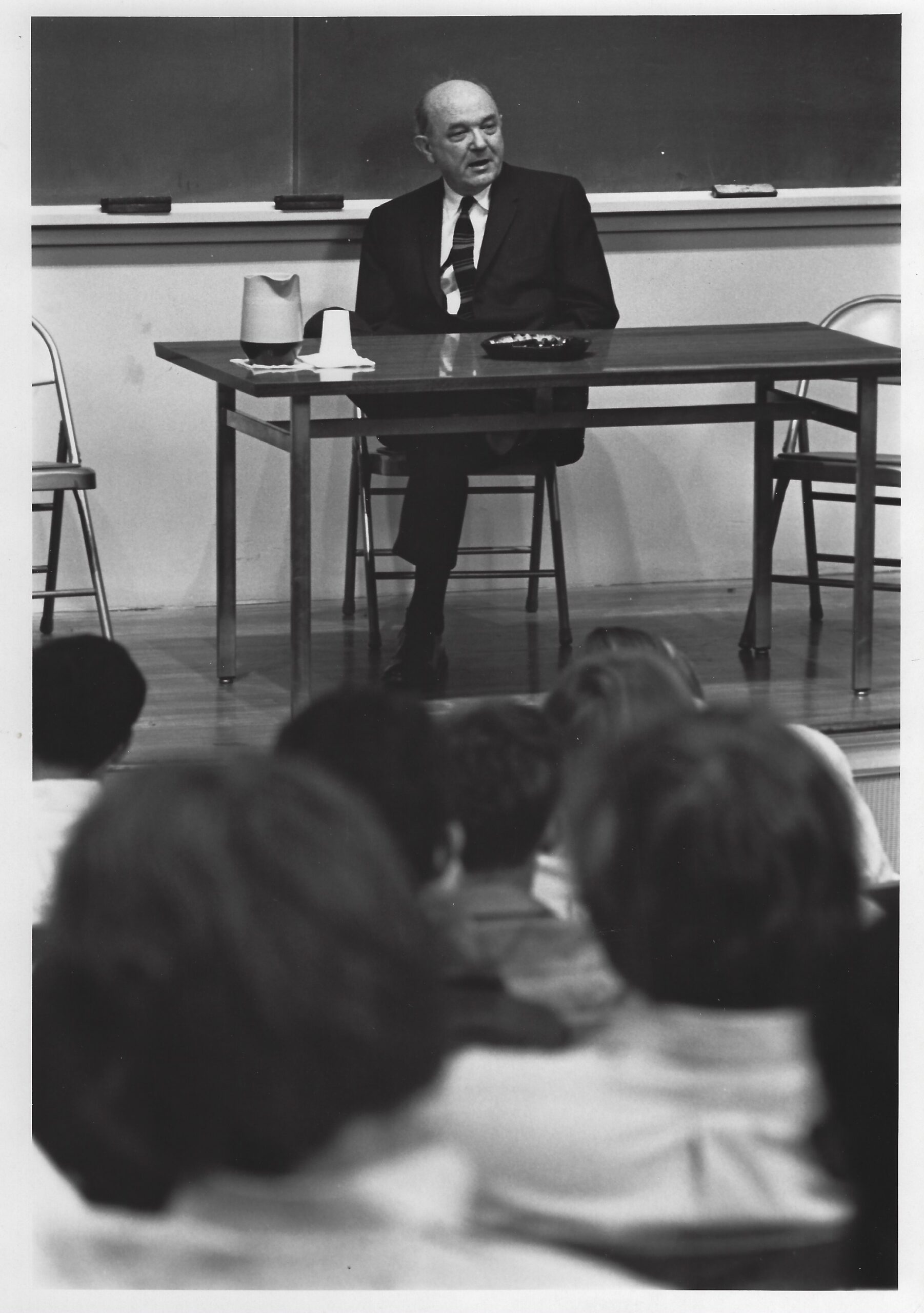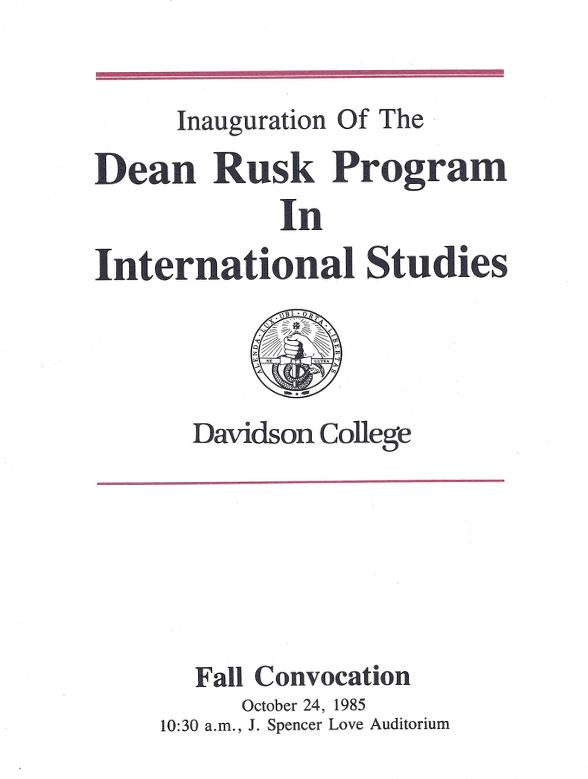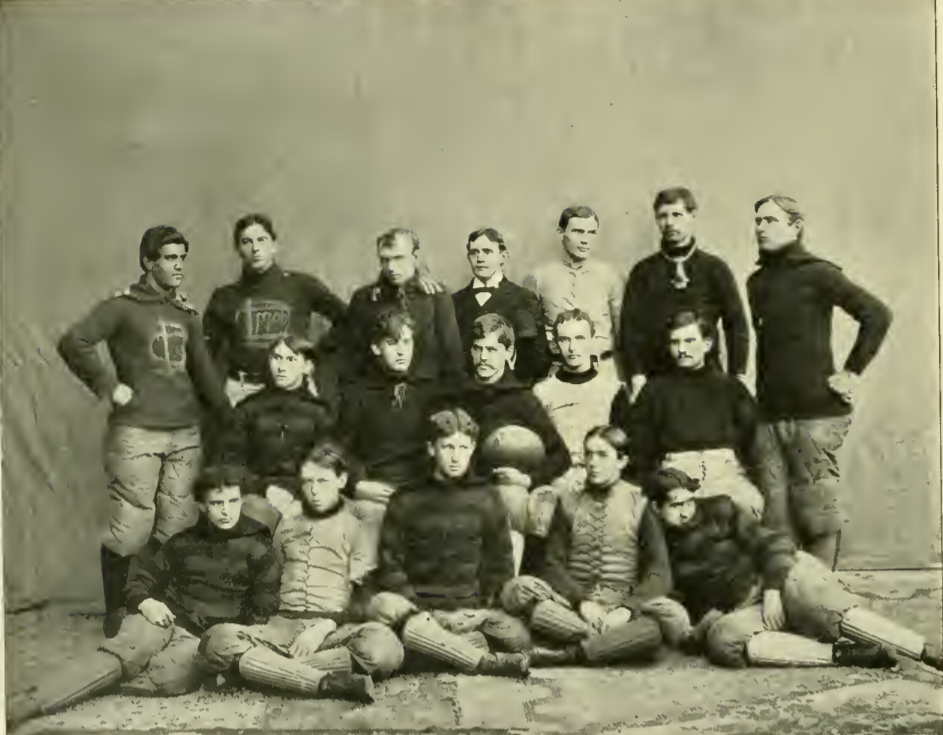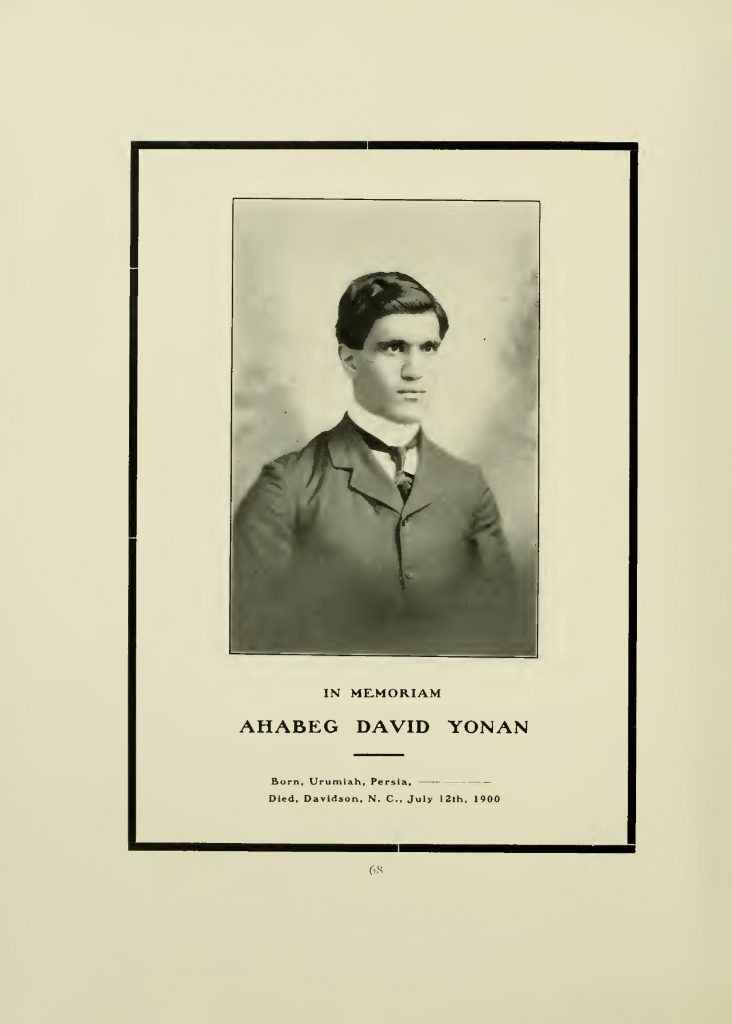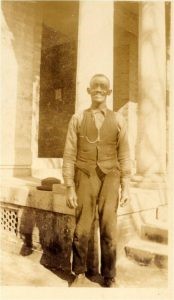Anna Avinger is a senior biology major on the pre-medicine track. This article stems from her independent study on community gardens. Fellow senior Ethan Landen and Anna became interested in this topic after their semester abroad in Australia, where they studied sustainable agriculture and ecology.
As the global pandemic rages on, community gardens in Charlotte continue to thrive. Here is a list of three community gardens that each have a different strategy for success. While they all have their own objectives and strategies, they share similar ideas: provide more access to food, increase sustainable efforts, and build community.
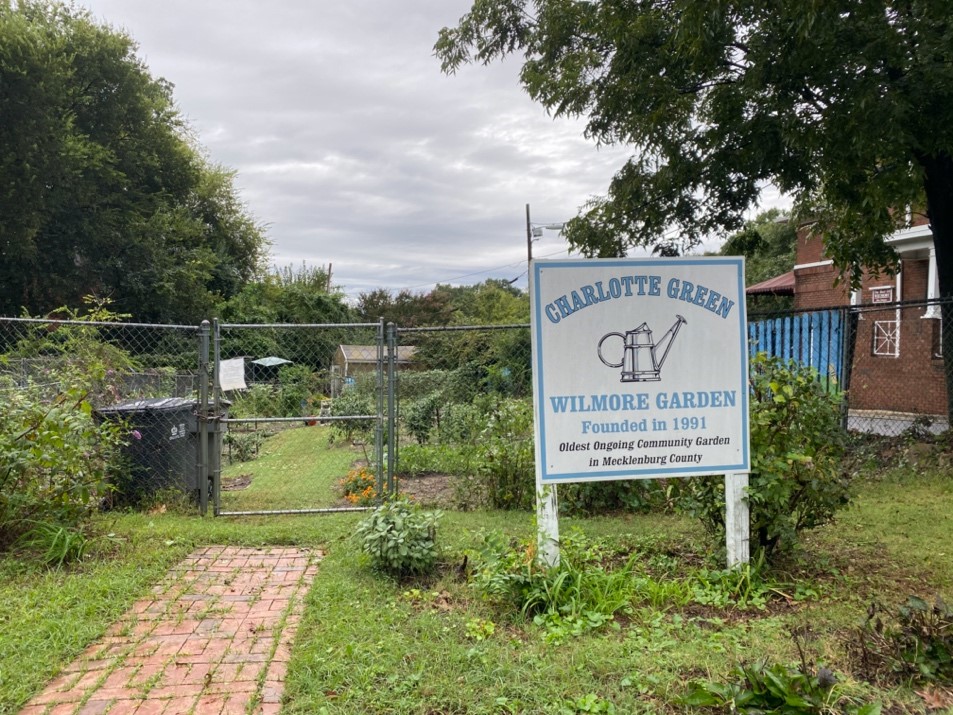
Wilmore Garden
The earliest community garden in Charlotte – Wilmore Garden – is one of many gardens within the organization, Charlotte Green. This organization has started several small gardens in urban neighborhoods all over Charlotte. Within each of them, community members can claim a small plot of land to plant and harvest their own crops. The gardeners learn from each other and grow in relationship with each other as they work. Board member, Cissy Shull, says that people are always at the Wilmore Garden working. When I went to Wilmore Garden, it was raining, but there were still people there, cleaning up the communal shed and organizing tools. The gardens provide people with something to do, something to be proud of, and something that brings the community together.
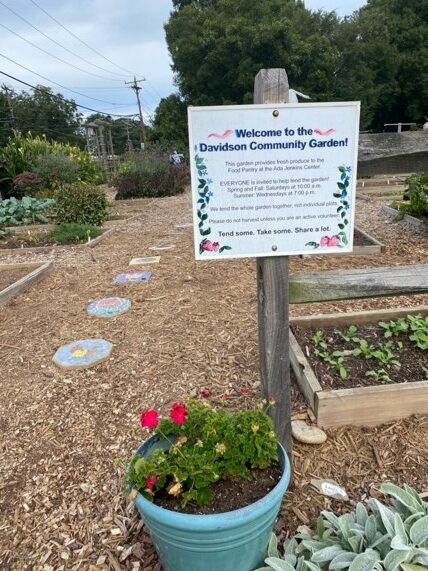
Davidson Community Garden
Davidson Community Garden was founded in 2010 by Eddie and Connie Beach as a part of the Davidson United Methodist Church. This garden is communally managed and harvested. Volunteers from all over Davidson come together on Saturday mornings to help out. Most crops are delivered to the food pantry at Ada Jenkins, a local non-profit. Eddie Beach emphasizes the impact of the garden on Davidson’s strong sense of community. “A story that I really like is that there was a grandmother who had the responsibility of getting her grandson to Davidson Elementary School, and he didn’t want to go. But he did like the scarecrows in the community garden, so she would get him out of the house by saying, ‘we’re going to the community garden to see the scarecrows.’ So, he’d get over here and look and be happy, and it was just a way to get him to go to school,” Beach said. “That is the kind of thing that really adds another dimension to the garden.”
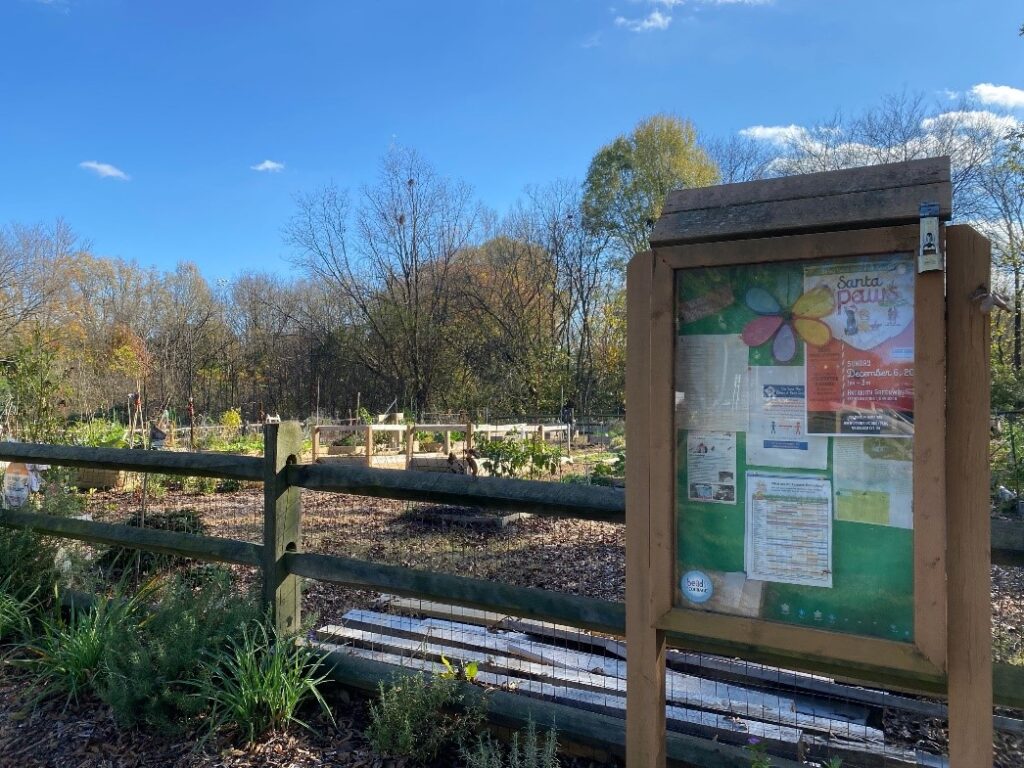
Smithville Community Garden
Built on her grandparents’ land, Smithville Community Garden holds a special place in Natalie Mayhew’s heart. She explains that the garden was founded to bring people into the community. The founders wanted people to know about Smithville. Mayhew described the history of Smithville: Her great great grandmother worked for the Smith family picking cotton as a slave, and the family gave her and many other black slaves land to call their own. That’s how the community was born. Recently, as one of the remaining historically black communities, Smithville has been trying to fight gentrification efforts. In doing this, the Smithville Community Coalition, which runs the garden, works to emphasize the sense of pride and historical influence of the community. The garden has been a success. It gives people a place to come together and learn about Smithville, and it provides a wonderful place for rest and relaxation.
Through my research, I learned that the overwhelming emphasis of these gardens is to build community, which means different things for different gardens – whether its individuals working side-by-side on their own plots, families coming together for a common service project, or bringing in people from outside the community to raise awareness. There’s always more to it than planting seeds and harvesting produce.
